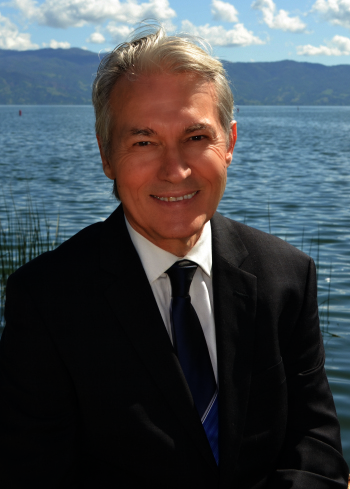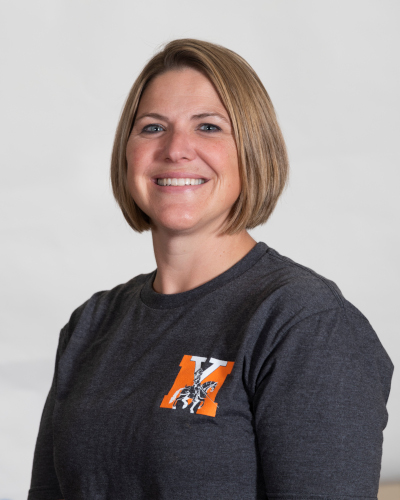- Teresa Frankovich, M.D.
Your Partner in Health: A very adult choice
As adults, many of us put vaccines in the back of our minds after finishing our childhood immunizations. But the truth is that vaccines save lives at every age.
Whether you are a healthy, young-to-middle-aged adult or a senior citizen, getting routine vaccinations can help protect your life and your health.
The Tdap vaccine protects against three different diseases — tetanus, diphtheria and pertussis. The bacterial infections diphtheria and tetanus can lead to severe illness and even death.
Thanks to the effectiveness of the Tdap vaccine, you have probably never met anyone who has had either of those diseases.
Unfortunately, infections caused by pertussis, also known as whooping cough, are far more common and have been surging in California this year due to fewer people being vaccinated.
While deaths in adults from pertussis are rare, infants and young children can become sick enough to need hospitalization, and some die. When you receive a Tdap vaccine, you are protecting yourself and the people around you.
While influenza (flu), which circulates every year, may seem like not much to worry about, it is important to remember that thousands of people in the U.S. die every year from influenza and its complications. Infants and young children, those with certain chronic health conditions, and seniors have the highest risk. A simple yearly flu vaccine helps to protect not only you from serious illness but also those most at risk in your community.
Two more vaccines to highlight are the shingles and pneumococcal vaccines. Shingles infections occur when the chicken pox virus, which can live quietly in your body for years after infection, becomes active. This can cause a very painful rash.
About one to two out of every 10 people who get this infection develop persistent pain that may last for weeks, months, or even years. Risk of this infection increases with age, so the shingles vaccine is routinely recommended for adults age 50 or older.
The pneumococcal vaccine provides protection against infections — particularly serious and invasive infections — from bacteria called pneumococcus. While these bacteria cause common problems, like ear and sinus infections, they can also cause more serious infections of the lungs (pneumonia), blood stream (bacteremia), and of the brain and spinal cord (meningitis). Fortunately, research shows that getting vaccinated can decrease the risk of these serious infections by 60-70%.
Vaccination recommendations may vary with age, health conditions, and even with pregnancy. Please talk with your health care provider often about the vaccines needed, at every age, to help protect you, your family, and your community. Vaccines are time-tested, safe, and effective. Make the healthiest choice: Get vaccinated.
Dr. Teresa Frankovich is an associate medical director at Partnership HealthPlan of California, a community-based, safety-net health care organization that contracts with the state to administer Medi-Cal benefits. Partnership provides quality care to over 900,000 Medi-Cal members. Starting in Solano County in 1994, Partnership now serves 24 Northern California counties – Butte, Colusa, Del Norte, Glenn, Humboldt, Lake, Lassen, Marin, Mendocino, Modoc, Napa, Nevada, Placer, Plumas, Shasta, Sierra, Siskiyou, Solano, Sonoma, Sutter, Tehama, Trinity, Yolo, and Yuba. Learn more about Partnership at PartnershipHP.org.





 How to resolve AdBlock issue?
How to resolve AdBlock issue? 



